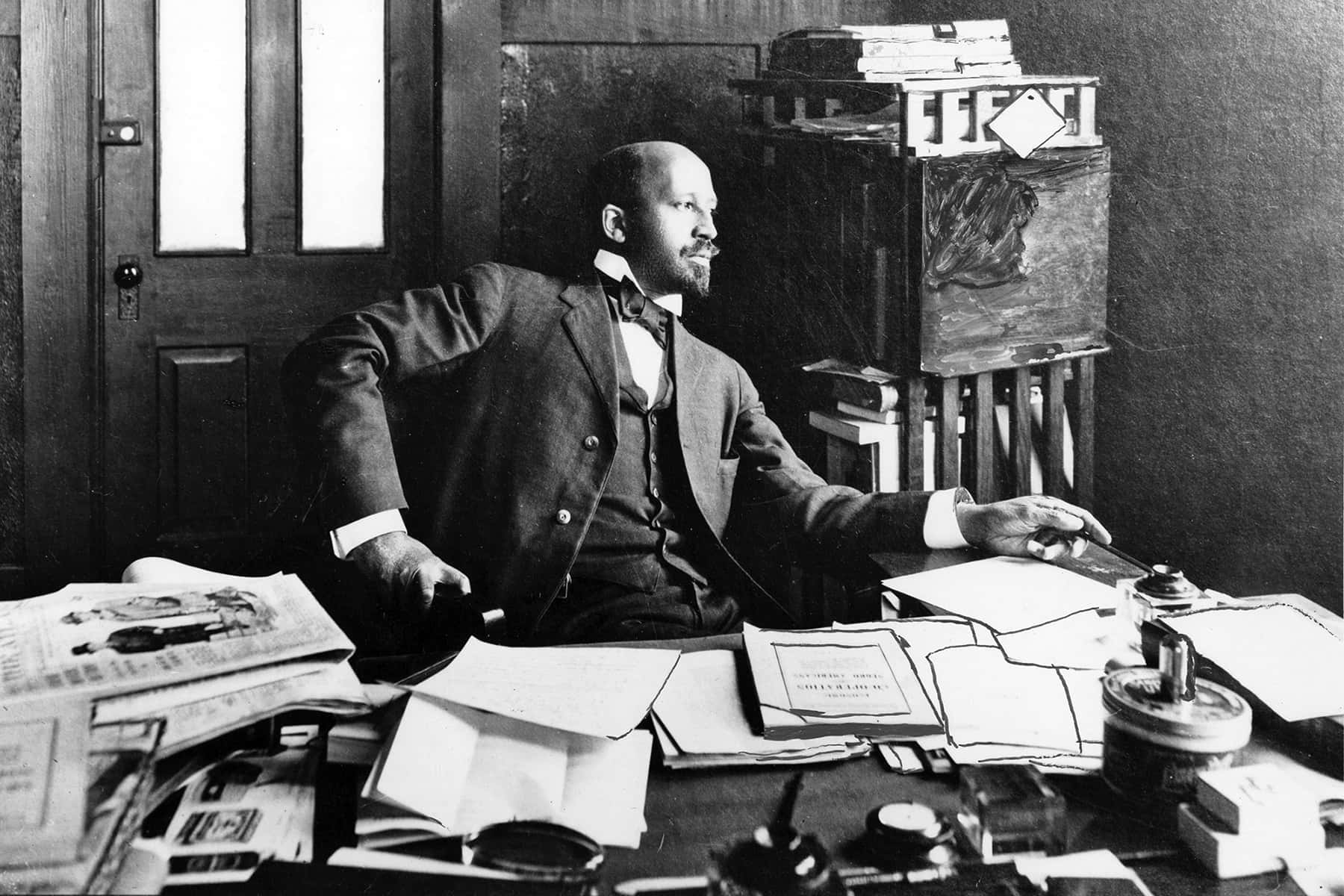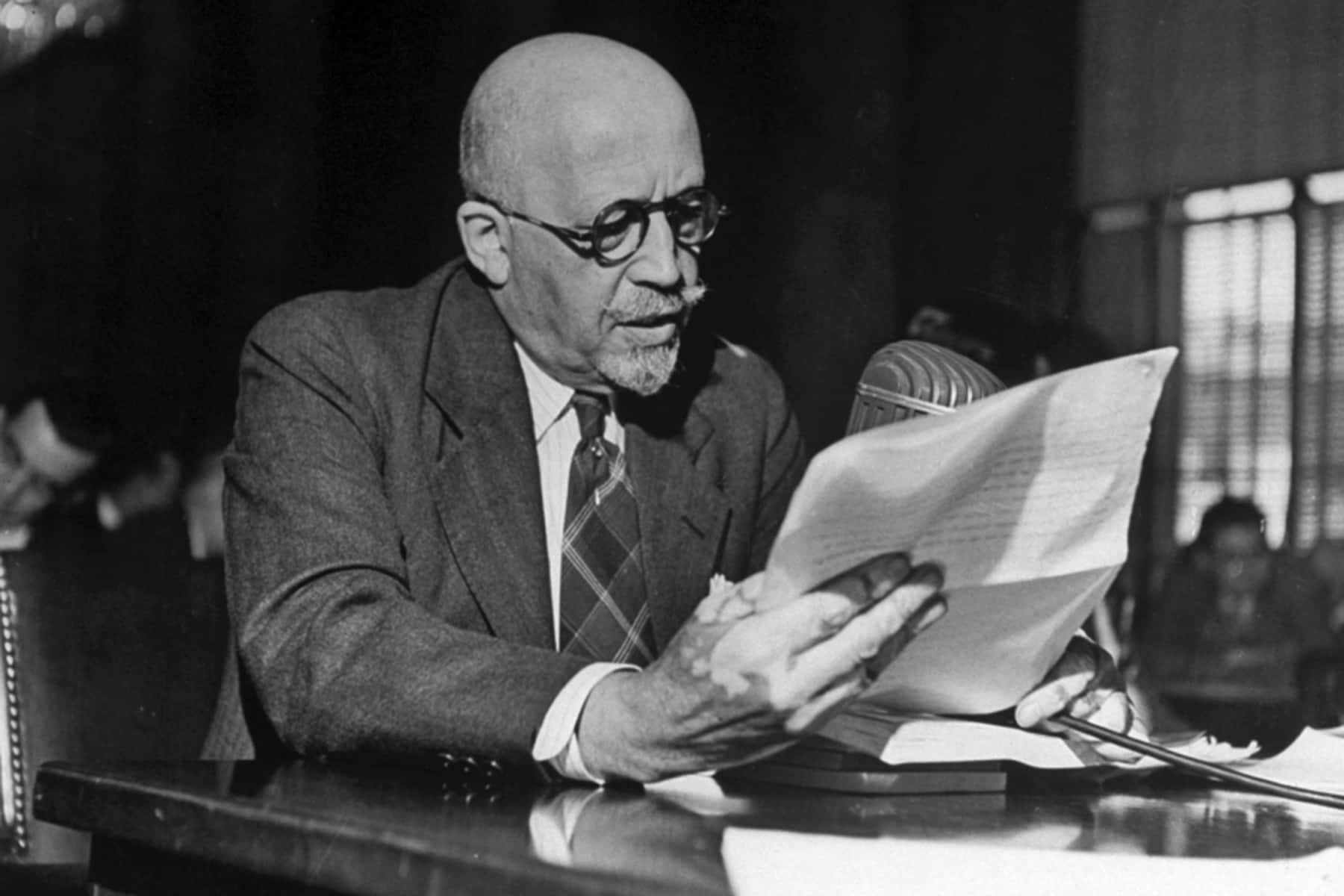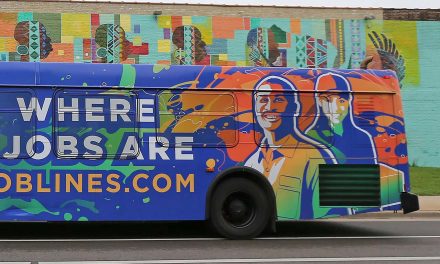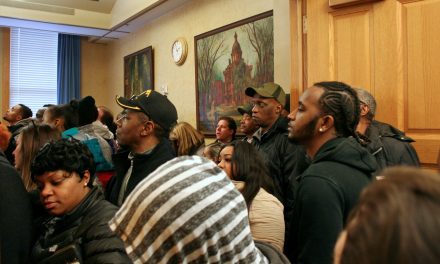
It is a fact that the North won the American Civil War, but a review of the subsequent history would confuse any outside observer. The side that loses a war is not entitled to install statues to its heroes on the victor’s land.
Yet, in Northern Virginia public shrines can be found of Stonewall Jackson, public highways have been named for Jefferson Davis, and public schools were named after Robert E. Lee and J.E.B. Stewart. Most are not historical monuments built to preserved battlefields, graveyards, or historic homes. They were erected decades after the war in California, Oregon, and Washington state, places which did not exist at the time of the Southern Rebellion.
While the Confederacy fought against the Union in the Civil War, the true purpose of their fight was for the preservation of a two hundred year privilege – the brutal subjugation of enslaved people. Even though they lost the war on the battlefield, and slaves were emancipated, once Andrew Johnson came to power after the assassination of President Abraham Lincoln, he resurrected conditions that were basically the same for Black people before the war. General and later President Ulysses S. Grant struggled to reverse the tide, but Reconstruction ultimately failed.
That was the victory the South commemorated when organizations like the United Daughters of the Confederacy and Sons of Confederate Veterans put up monuments to Southern generals all over the country. It was the victory invoked by the Battle Flag of the Army of Northern Virginia, later elevated to the “Confederate Flag,” as a symbol of defiance fro a multi-racial democracy and a government that served the needs of all its citizens. It was a menacing promotion of white supremacist mythology, maintained with public funds on public lands. Those symbols include:
- 780 monuments, more than 300 of which are in Georgia, Virginia or North Carolina
- 103 public K-12 schools and three colleges named for Robert E. Lee, Jefferson Davis, or other Confederate icons
- 80 counties and cities named for Confederates
- 9 observed state holidays in five states
- 10 U.S. military bases
These observances for the Southern dead were normalized, because it was often said that they too were Americans and deserved such memorials. By the early decades of the twentieth century the “Lost Cause” ideology had done its work, flooding American culture with sympathetic portrayals of the Confederacy. It was a wave of propaganda that reached its apex in the spectacle of 1915’s “Birth of a Nation,” originally titled “The Clansman,” that was responsible for resurrecting the Ku Klux Klan.
“No nobler young men ever lived; no braver soldiers ever answered the bugle call nor marched under a battle flag. They fought, not for conquest, not for coercion, but from a high and holy sense of duty. They were like the Knights of the Holy Grail,” proclaimed Southern industrialist Julian Carr at the 1913 dedication of Confederate statue Silent Sam, which stood on the campus of the University of North Carolina in Chapel Hill until activists tore it down.
Carr went on length, reciting poetry and making constant references to Greek heroes and gods. His purpose, he said, was to memorialize “the Sacred Cause.” But he never said what that cause was, though he has many exalted words for “the noble women of my dear Southland, who are to-day as thoroughly convinced of the justice of that cause.”
The speech is boilerplate Confederate apologism: an almost hysterically bombastic defense of the South that never once mentions slavery. Yet in an odd moment, Carr changed directions during his rant about “what the Confederate soldier meant to the welfare of the Anglo Saxon race to make a rather personal allusion for seemingly no reason:
One hundred yards from where we stand, less than ninety days perhaps after my return from Appomattox, I horse-whipped a negro wench until her skirts hung in shreds, because upon the streets of this quiet village she had publicly insulted and maligned a Southern lady, and then rushed for protection to these University buildings where was stationed a garrison of 100 Federal soldiers. I performed the pleasing duty in the immediate presence of the entire garrison, and for thirty nights afterwards slept with a double-barrel shot gun under my head.
Carr’s statements reflected the thinking of his audience, who approved of his speak. It was a social condition well understood by W.E.B. Du Bois.
William Edward Burghardt Du Bois was an American sociologist, professor of history, civil rights activist, and author who completed his graduate work at the University of Berlin, and was the first African American to earn a doctorate at Harvard. Du Bois was also one of the founders of the National Association for the Advancement of Colored People (NAACP) in 1909.
Du Bois He had diagnosed the fear and violent hatred men like Carr embodied, and saw their cowardice and desperate overcompensation. “They preach and strut and shout and threaten, crouching as they clutch at rags of facts and fancies to hide their nakedness, they go twisting, flying by my tired eyes and I see them ever stripped—ugly, human,” he wrote in “The Souls of White Folk.“
“Du Bois pushes right back against the myth of the Lost Cause,” wrote historian Kevin M. Levin. “He refuses to draw a distinction between the Confederate government and men in the ranks,” as represented by statues like Silent Sam. “Du Bois clearly understood that as long as white Southerners were able to mythologize the war through their monuments, African Americans would remain second class citizens.”
It was clear to Du Bois what Confederate monuments were meant to represent. In 1931, he cut to the heart of the matter in brief remarks published in The Crisis.
“Robert E. Lee
Each year on the 19th of January there is renewed effort to canonize Robert E. Lee, the greatest confederate general. His personal comeliness, his aristocratic birth and his military prowess all call for the verdict of greatness and genius. But one thing–one terrible fact–militates against this and that is the inescapable truth that Robert E. Lee led a bloody war to perpetuate slavery. Copperheads like the New York Times may magisterially declare: “of course, he never fought for slavery.” Well, for what did he fight? State rights? Nonsense. The South cared only for State Rights as a weapon to defend slavery. If nationalism had been a stronger defense of the slave system than particularism, the South would have been as nationalistic in 1861 as it had been in 1812.
No. People do not go to war for abstract theories of government. They fight for property and privilege and that was what Virginia fought for in the Civil War. And Lee followed Virginia. He followed Virginia not because he particularly loved slavery (although he certainly did not hate it), but because he did not have the moral courage to stand against his family and his clan. Lee hesitated and hung his head in shame because he was asked to lead armies against human progress and Christian decency and did not dare refuse. He surrendered not to Grant, but to Negro Emancipation.
Today we can best perpetuate his memory and his nobler traits not by falsifying his moral debacle, but by explaining it to the young white south. What Lee did in 1861, other Lees are doing in 1928. They lack the moral courage to stand up for justice to the Negro because of the overwhelming public opinion of their social environment. Their fathers in the past have condoned lynching and mob violence, just as today they acquiesce in the disfranchisement of educated and worthy black citizens, provide wretchedly inadequate public schools for Negro children and endorse a public treatment of sickness, poverty and crime which disgraces civilization.
It is the punishment of the South that its Robert Lees and Jefferson Davises will always be tall, handsome and well-born. That their courage will be physical and not moral. That their leadership will be weak compliance with public opinion and never costly and unswerving revolt for justice and right. it is ridiculous to seek to excuse Robert Lee as the most formidable agency this nation ever raised to make 4 million human beings goods instead of men. Either he knew what slavery meant when he helped maim and murder thousands in its defense, or he did not. If he did not he was a fool. If he did, Robert Lee was a traitor and a rebel–not indeed to his country, but to humanity and humanity’s God.”
– W.E.B. DuBois, “The Crisis,” March 1928, v.35
DuBois did not refer to monuments put up in Confederate cemeteries, as many had been immediately after the war, but to the hundreds of statues and other memorials erected in prominent places of government beginning around 1900.
“All of these monuments were there to teach values to people,” says Mark Elliott, professor of history at University of North Carolina, Greensboro. “That’s why they put them in the city squares. That’s why they put them in front of state buildings.” It’s why there are Confederate statues in the U.S. Capital, gifts to the nation from southern states, gladly accepted.
Du Bois had written many words to counter the argument that the war was about “States Rights.” In one incisive sentence he said, “If nationalism had been a stronger defense of the slave system than particularism, the South would have been as nationalist in 1861 as it had been in 1812.”
None of the rhetoric about “the cause” of governing principles had anything to do with it, Du Bois argued. “People do not go to war for abstract theories of government. They fight for property and privilege.”
One statue in North Carolina, Du Bois noted wryly in his remarks, went so far as to claim that Confederate soldiers “Died Fighting for Liberty!” This would not strike Lost Cause defenders like Carr as ironic. They too fought for liberty, of a kind — the freedom to punish, kill, imprison, exploit, disenfranchise, and otherwise terrorize and impoverish Black Americans at will.
Nаthаn Rоbіnsоn
W.E.B Du Bois Collection, Special Collections and University Archives, UMass Amherst Libraries
Portions originally published on Open Culture as W.E.B. Du Bois Devastates Apologists for Confederate Monuments and Robert E. Lee (1931)















